Category: Stroke
-

Sensor assesses blood clotting in 30 minutes
ClotChip assesses blood clotting 95 times faster than current methods, with a single single drop of blood, using miniaturized dielectric spectroscopy. A finger-prick sample is taken from heart arrhythmia, pulmonary embolism, post surgery, or hemophilia patients, to analyze clotting abilities in the ER or at home. Results are received in 30 minutes. Caregivers currently cannot quickly assess if…
-
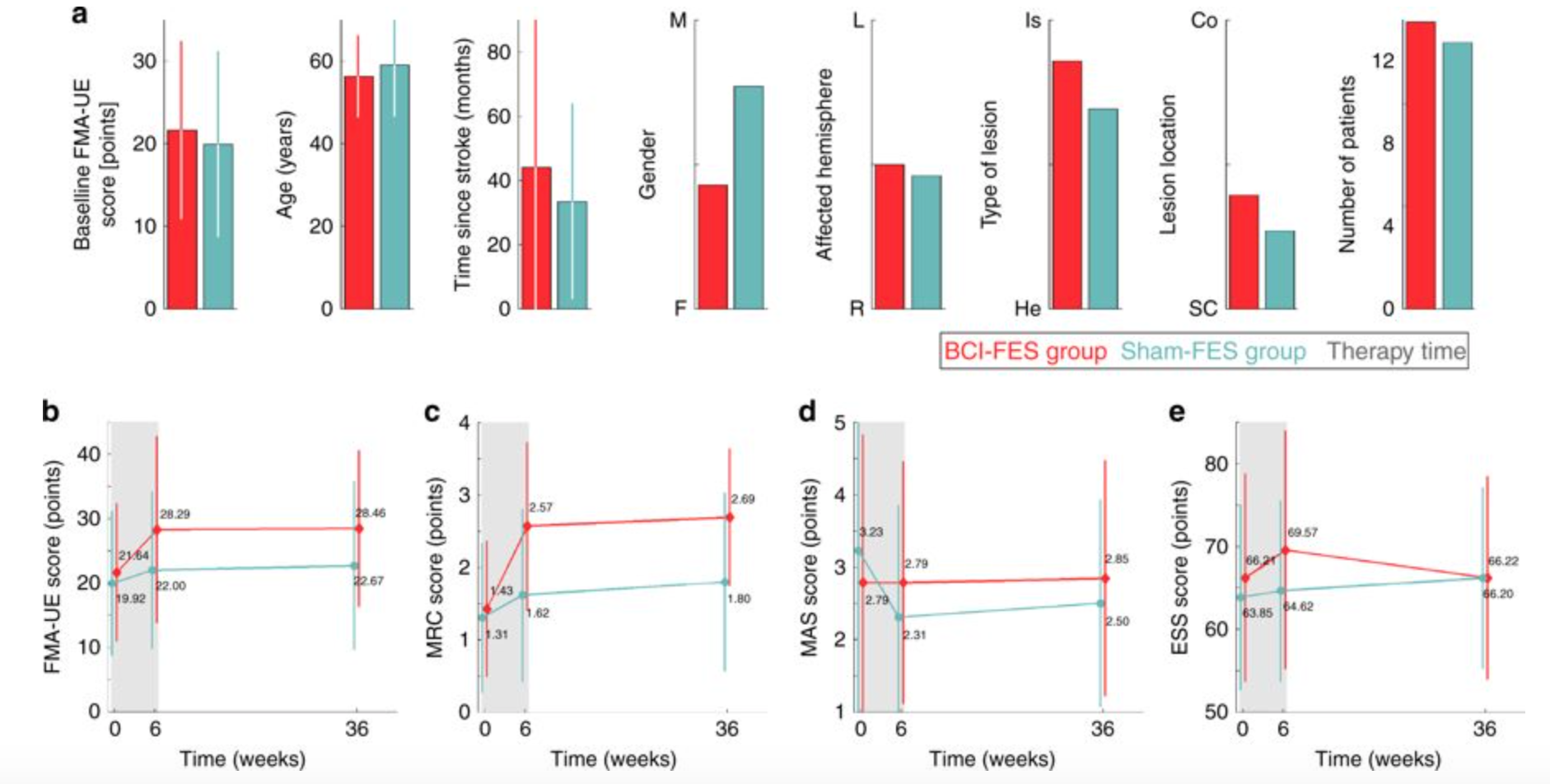
Combined BCI + FES system could improve stroke recovery
Jose Millan and EPFL colleagues have combined a brain computer interface with functional electrical stimulation in a system that, in a study, showed the ability to enhance the restoration of limb use after a stroke. According to Millan: “The key is to stimulate the nerves of the paralyzed arm precisely when the stroke-affected part of…
-
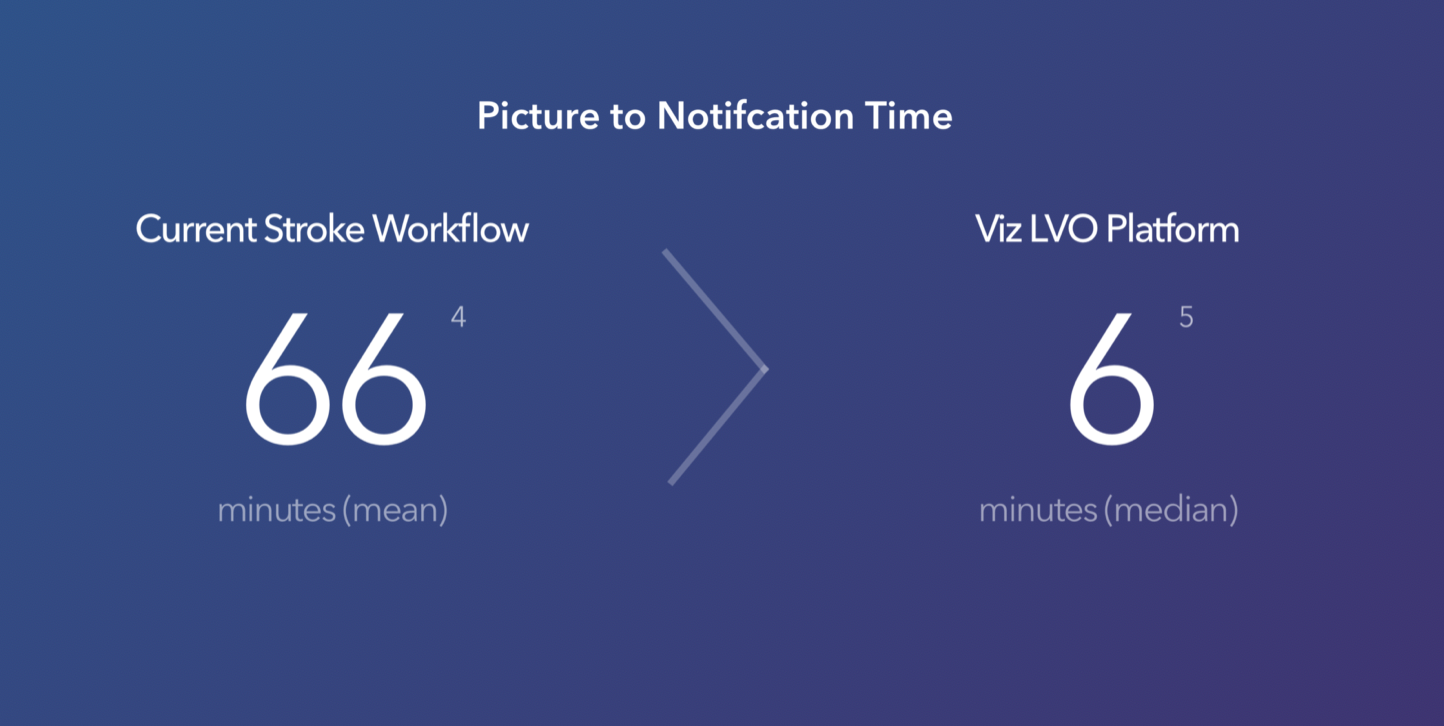
AI CT analysis speeds stroke identification, treatment
Viz.ai‘s algorithms analyze brain scans and immediately transfer data to ensure rapid stroke treatment. The system connects to a hospital CT and sends alerts when a suspected LVO stroke has been identified. Radiological images are sent to a doctor’s phone. The company claims that the median time from picture to notification is less than 6…
-
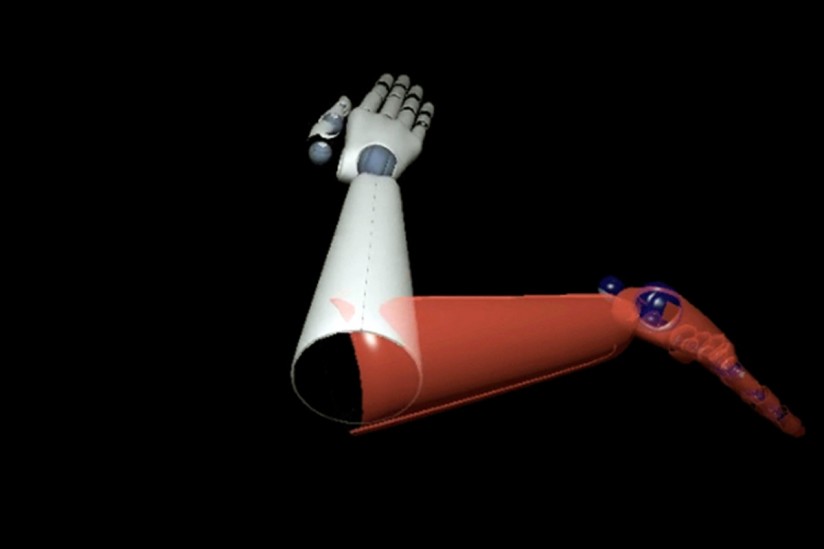
VR + neurofeedback for movement training after stroke
USC’s Sook-Lei Liew is using VR to help motor-impaired stroke patients promote brain plasticity. The goal is to train them to move their limbs again. Her REINVENT study uses BCI to control an avatar. Electrical signatures of brain activity are meaured with EEG, and muscle activity with EMG. When signals in brain or muscle activity that correspond…
-
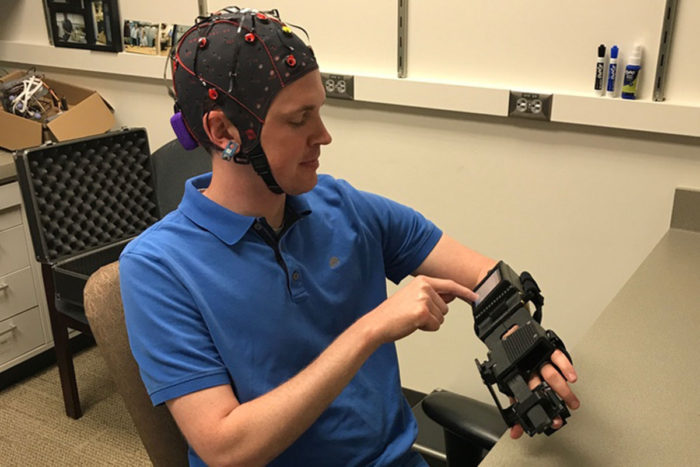
BCI-controlled exoskeleton helps motor recovery in stroke
Ipsihand, developed by Eric Leuthardt and Washington University colleagues, is a brain controlled glove that helps reroute hand control to an undamaged part of the brain. The system uses a glove or brace on the hand, an EEG cap, and an amplifier. One’s hands are controlled by the opposite side of the brain. If one hemisphere…
-
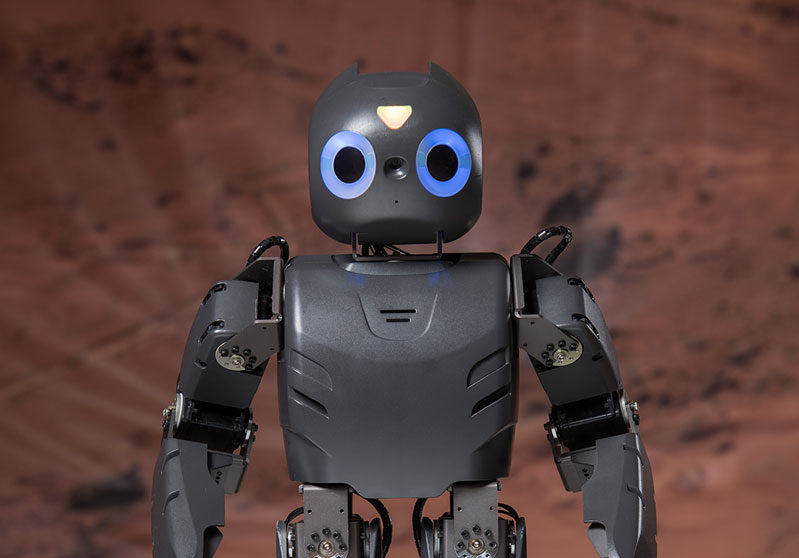
Robots support neural and physical rehab in stroke, cerebral palsy
Georgia Tech’s Ayanna Howard has developed Darwin, a socially interactive robot that encourages children to play an active role in physical therapy. Specific targeting children with cerebral palsy (who are involved in current studies), autism, or tbi, the robot is designed to function in the home, to supplement services provided by clinicians. It engages users…
-
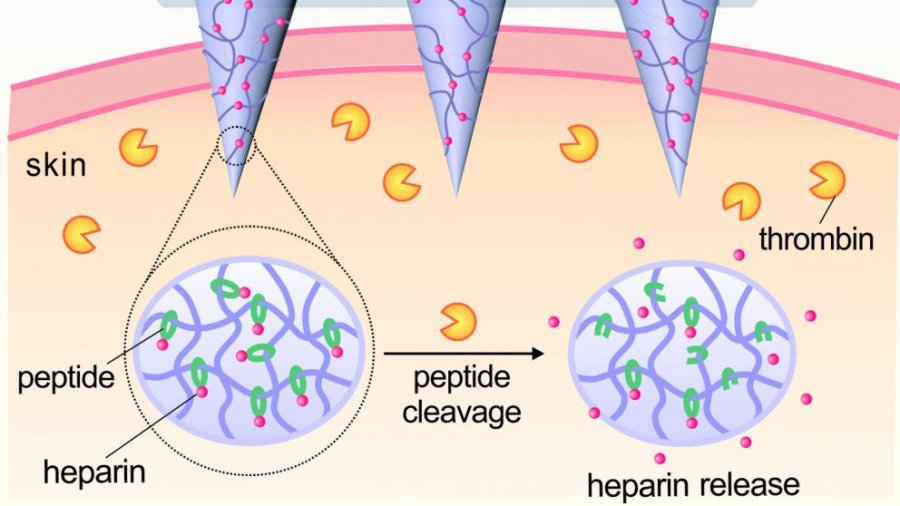
Self regulating patch optimizes blood thinner delivery
UNC and NC State researchers have developed a promising, self-regulating, Heparin releasing patch, meant to optimize levels of the blood thinner in one’s body. It has only been tested on animals, but was found to be more effective at preventing thrombosis than traditional drug delivery methods. Current protocol requires regular blood testing, to prevent hemorrhaging…
-

Robotic hand exoskeleton for stroke patients
ETH professor Roger Gassert has developed a robotic exoskeleton that allows stroke patients to perform daily activities by supporting motor and somatosensory functions. His vision is that “instead of performing exercises in an abstract situation at the clinic, patients will be able to integrate them into their daily life at home, supported by a robot.”…
-

Machine learning for faster stroke diagnosis
MedyMatch uses big data and artificial intelligence to improve stroke diagnosis, with the goal of faster treatment. Patient CT photos are scanned and immediately compared with hundreds of thousands of other patient results. Almost any deviation from a normal CT is quickly detected. With current methods, medical imaging errors can occur when emergency room radiologists…
-
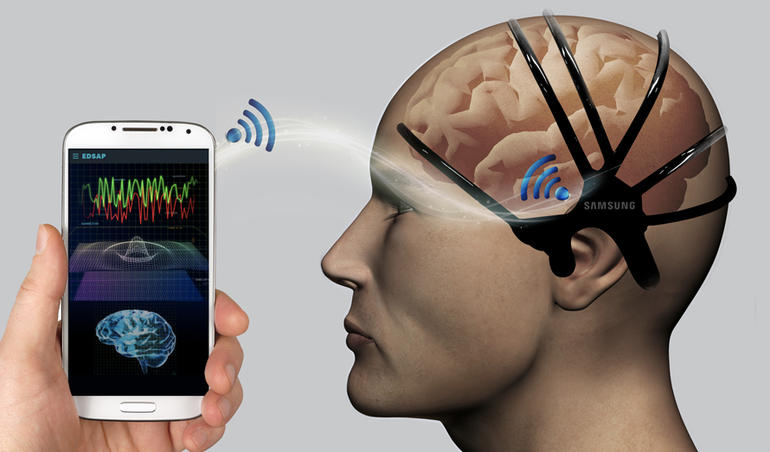
Stroke detecting headset prototype
Samsung’s Early Detection Sensor & Algorithm Package (EDSAP), developed by Se-hoon Lim, is meant to detect early signs of stroke. A multiple sensor headset records electrical impulses in the brain, algorithms determine the likelihood of a stroke in one minute, and results are presented in a mobile app. EDSAP can also analyze stress and sleep patterns, and potentially…
-
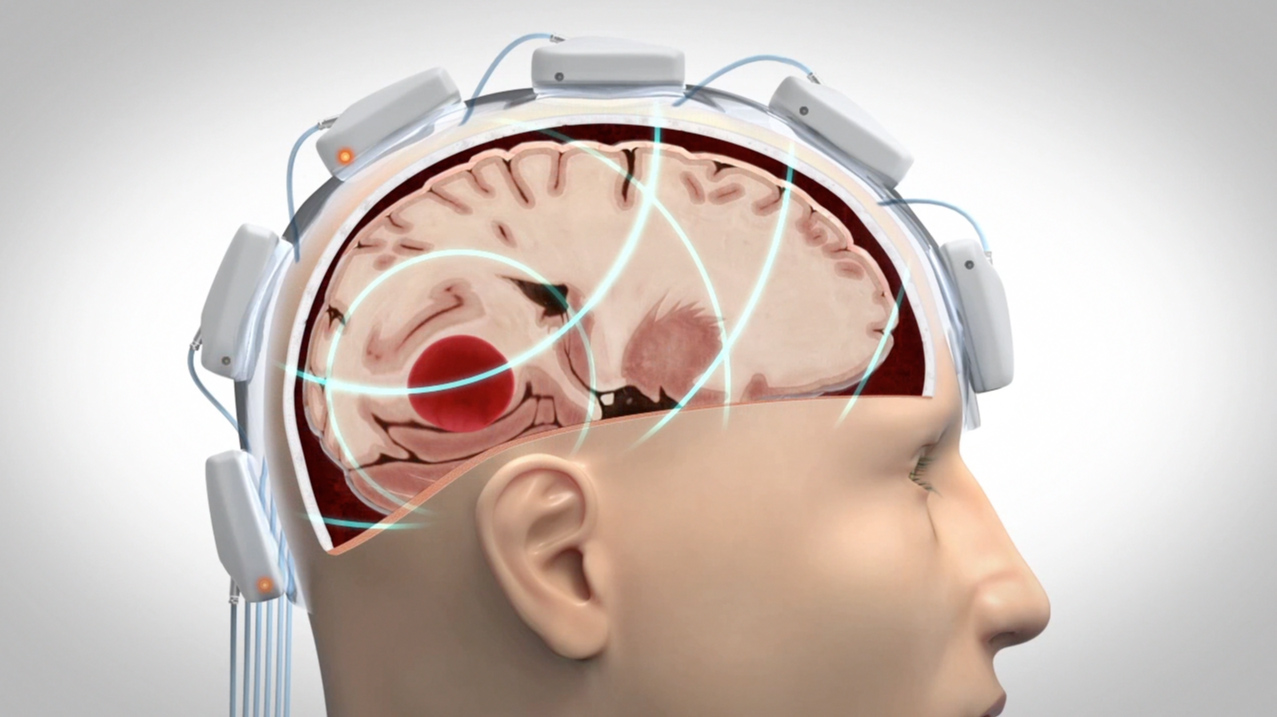
Microwave helmet for early stroke diagnosis, treatment
Medfield Diagnostics and Chalmers University have developed “Strokefinder,” a microwave helmet that quickly determines whether a person has had a stroke, enabling early and appropriate treatment. It has been tested on 45 patients. The helmet uses microwave typography to determine whether a stroke is caused by a clot or bleeding. Strokes caused by clots…
-

Non-invasive, nanoparticle method for identifying atherosclerosis plaques
http://pubs.acs.org/doi/abs/10.1021/nl404816m Case Western‘s Michael Bruckman and colleagues have developed a multifunctional nanoparticle that pinpoints blood vessel plaques caused by atherosclerosis using MRI. The goal is to create a non-invasive method of identifying heart attack and stroke causing plaques vulnerable to rupture, in time for treatment. Currently doctors can only identify narrowing blood vessels caused by plaque…